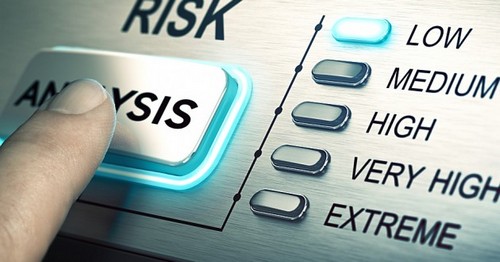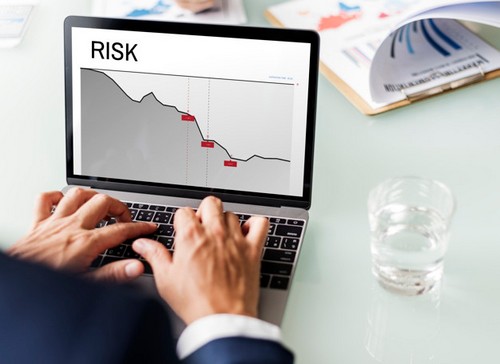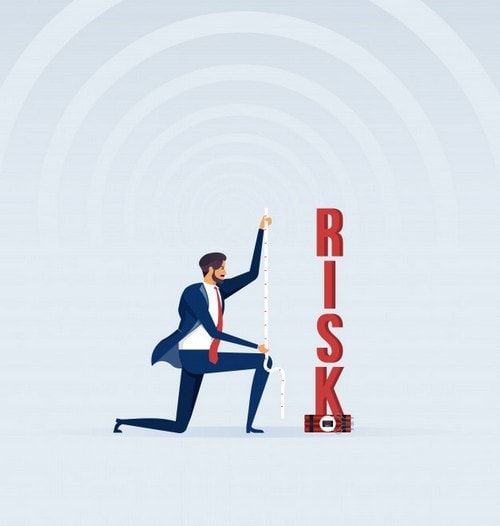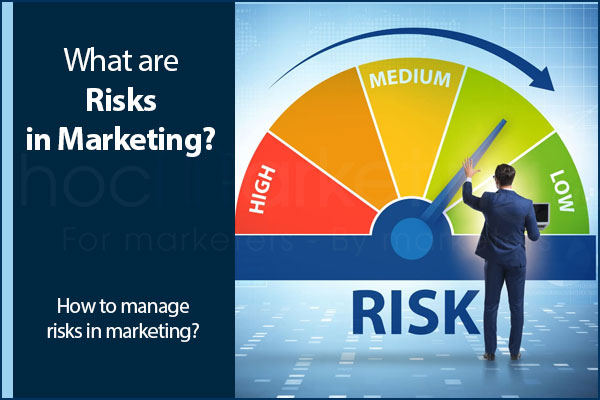
Mastering Risk Analysis: Types, Process, Advantages & Limits

Risk analysis is the process of identifying and analyzing potential risks or issues that may arise This includes conducting a survey of risks, identifying and analyzing risks, developing a management plan, implementing it, and monitoring risks The advantages of risk assessment are numerous, but there are also limitations Overall, risk analysis is an essential tool for any organization looking to manage risk effectively
Overview
Risk analysis is a crucial process that involves the identification and analysis of potential risks or issues that could adversely affect the essential business activities or critical projects. The purpose of this process is to enable organizations and businesses to mitigate or avoid these risks to the greatest extent possible.
Risk analysis plays a vital role in effective risk management for businesses. It helps organizations to identify and analyze potential risks, and take proactive measures to avoid any unforeseen events that may impact their operations. By conducting risk analysis, businesses can ensure that their strategies are aligned with potential risks and can take necessary steps to mitigate them.
Risk analysis is a crucial process that aids in minimizing or even preventing potential harm to entities. Its purpose is to assess all types of risks that may be associated with a specific event or incident. This methodology can be applied to various scenarios, ranging from projects to security-related issues and information technology. Whenever there is a need to evaluate risks on a qualitative or quantitative basis, risk analysis is an essential tool.
Risk analysis is an essential element in assessing the potential negative impact of events within any formal entity, whether it be a government organization, corporate sector, or environmental sector. It involves studying the underlying uncertainties of a particular course of action, such as forecasting ash flow streams or determining the probability of project success, as well as variances in portfolios and stock returns. Ultimately, risk analysis helps to identify and mitigate potential risks before they occur.
Risk analysts often collaborate with forecasting professionals to mitigate the impact of unexpected events that may arise. This technique involves identifying and evaluating factors that could potentially hinder the success of a project or the attainment of a specific objective.
This technique is highly effective in determining preventive measures to mitigate potential risks, as well as identifying countermeasures to address any constraints encountered during development. By implementing this method, a company can proactively anticipate and prevent negative unforeseen events, which ultimately enhances their competitive edge. In the field of computer science, the Facilitated Risk Analysis Process (FRAP) is a widely used approach for conducting risk analysis.
When conducting an analysis, it is crucial to take into account the probability of adverse events resulting from natural causes such as storms or earthquakes, as well as those caused by human activities. A key aspect of risk analysis is to determine the potential level of harm that could arise from such events, as well as their likelihood of occurring.
What are the different types of risk analysis?
Risk analysis is an inevitable component of any business venture. It should be conducted periodically and adjusted accordingly to account for any emerging threats. By doing so, the likelihood and impact of future risks can be minimized. Risk analysis can be broadly categorized into two groups.
Quantitative and Qualitative Risk Analysis
1) Quantitative risks assessment
The simulation process is utilized in this type to construct a risk model, which can also incorporate deterministic statistics for numerical risk assignment. Random variables are typically used as inputs for the risk model, and the resulting output ranges are generated based on the corresponding input ranges.
of risks involved in the project is also essential. This helps in identifying and assessing the potential risks that may arise during the project execution. It involves gathering information from stakeholders, experts, and other sources to assess the probability and impact of each risk. This overview helps in formulating strategies to mitigate or avoid the identified risks.
This approach to risk analysis is analytical in nature and differs from the previous method in that risks are not identified based on numerical or quantitative ratings. Instead, a written definition of the various uncertainties is required for qualitative analysis. Once these uncertainties are defined, the potential impact of the risks is evaluated and countermeasure plans are developed in case negative events occur. Performing some level of risk analysis is essential for nearly all businesses.
6 Steps in the Process of risk analysis
Now mainly there are six steps that are involved in the process. These are discussed below-
1) Conducting a survey risks assessment
The initial stage involves gathering input from both management and department heads. During this phase, the identification and documentation of potential risks and threats are conducted within each department.
2) Identification of the risks
The purpose of conducting risk analysis is to assess the IT systems and other aspects of the organization. This includes identifying potential risks to software, hardware, IT personnel, and data, as well as possible adverse events such as human error or natural disasters like flooding.
3) Analyzing the risk
The risk assessment process involves analyzing the probability of each identified risk and evaluating the impact it could have on the project's main objective. It is important to consider the potential consequences associated with each risk and how they may affect the project's success.
4) Developing a management plan
The analysis results in recommendations for control measures that can mitigate, transfer, accept, or avoid identified risks associated with valuable assets and potential threats.
5) Implementation
Now the ultimate objective of the entire risk analysis is to implement the plan so that the risks could be reduced or avoided or mitigated.
6) Monitoring the risks
This is the last step of the entire process. This involves the identification, treatment, and management of the risks which are all an important aspect of the risk analysis.
What are the uses of the risk analysis?
There are several uses are as follows-
It is used for anticipating and reducing the effects and negative future results due to some adverse incidents.
It serves as a tool for evaluating whether the benefits of a project outweigh the potential risks, aiding in the decision-making process for moving forward. Additionally, it assists in planning for technology response, equipment failure, and unforeseen events resulting in severe damage caused by natural or human errors.
Advantages of Risk Assessment
It serves as a tool to recognize the effects of environmental changes on the enterprise and prepares for them accordingly. This includes new competitors entering the market and any recent government policy changes.
The various advantages are as follows-
Identifying, rating, and comparing potential risks is crucial for any entity, whether the impact is financial or organizational. Additionally, using this method helps to pinpoint security gaps and determine the necessary steps to strengthen security measures and eliminate weaknesses.
Enhancing communication in the decision-making processes is a key advantage of utilizing this method as it pertains to information security. Additionally, it can be utilized to improve security procedures and policies, and to develop a cost-effective strategy for implementing this information.
Limitation
The uncertainty of risk measurement lies in its probabilistic nature, making it impossible to determine the exact level of risk exposure at any given time. Additionally, there are no standardized methods for calculating and analyzing risks, further complicating the assessment process.
Conclusion
Risk analysis is a crucial process for any organization, regardless of its size. By conducting a thorough assessment, businesses can identify potential risks that they may not have anticipated otherwise. This enables them to prepare and implement strategies to mitigate and manage these risks effectively, ultimately ensuring their security and success.

















